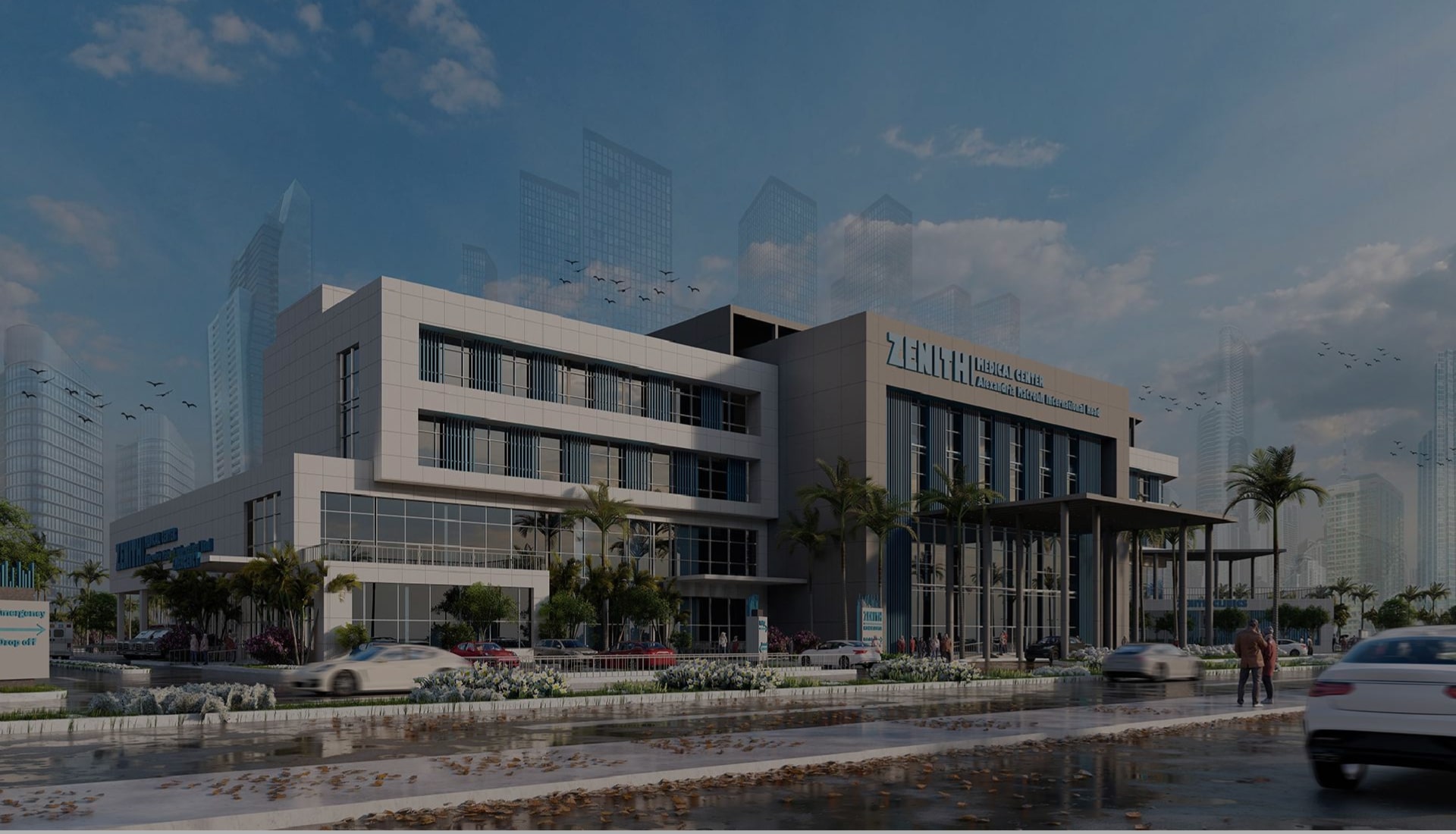
HOSPITAL DESIGN HUB Leading Architects Discuss the Future of Hospital Design in Oman
The future of hospital design in Oman is a topic of significant interest among leading architects, who are exploring innovative approaches to create healthcare facilities that meet the evolving needs of patients, healthcare providers, and the broader community. These discussions often focus on integrating advanced technology, sustainability, cultural sensitivity, and patient-centered care into hospital architecture. Here are some key insights from leading architects on the future of hospital design in Oman:
1. Emphasis on Patient-Centered Design
- Human-Centric Spaces: Leading architects highlight the importance of designing hospitals that prioritize the patient experience. This includes creating spaces that are not only functional but also promote healing and comfort. Architects are focusing on designing rooms with access to natural light, views of nature, and spaces that allow for family involvement in patient care.
- Flexibility and Adaptability: Future hospital designs in Oman are expected to incorporate flexible spaces that can easily adapt to changing healthcare needs. This includes modular designs that allow for the reconfiguration of rooms and wards, enabling hospitals to respond to emergencies, pandemics, or technological advancements quickly.
2. Integration of Advanced Technology
- Smart Hospitals: The integration of advanced technology is a key focus for architects. The future of hospital design in Oman is expected to include smart systems that enhance patient care, such as automated diagnostics, AI-driven patient management systems, and telemedicine capabilities. These technologies will improve the efficiency of healthcare delivery and ensure that hospitals remain at the forefront of medical innovation.
- Digital Infrastructure: Architects are also emphasizing the need for robust digital infrastructure that can support the latest technologies. This includes designing hospitals with advanced IT systems, secure data networks, and infrastructure that can accommodate future technological developments, such as 5G and AI.
3. Sustainability and Environmental Responsibility
- Green Architecture: Sustainability is a major focus in the future of hospital design. Architects are advocating for the use of green building materials, energy-efficient systems, and renewable energy sources such as solar power. The goal is to create hospitals that are environmentally responsible and reduce their carbon footprint.
- Eco-Friendly Designs: Future hospitals in Oman are likely to incorporate features such as green roofs, rainwater harvesting systems, and sustainable waste management practices. These elements not only contribute to environmental sustainability but also create healthier environments for patients and staff.
4. Cultural Sensitivity and Local Integration
- Respect for Local Traditions: Leading architects stress the importance of designing hospitals that reflect Omani culture and traditions. This includes incorporating traditional architectural elements, respecting gender segregation practices, and designing spaces that accommodate religious practices, such as prayer rooms.
- Community-Focused Design: The future of hospital design in Oman is expected to involve greater integration with the local community. Architects are exploring ways to make hospitals more accessible and welcoming to the public, including the creation of community health centers, wellness programs, and public spaces that encourage community engagement.
5. Resilience and Preparedness
- Disaster-Resilient Design: Architects are increasingly focusing on designing hospitals that are resilient to natural disasters and other emergencies. This includes incorporating disaster-resistant materials, designing for quick evacuation, and ensuring that hospitals can continue to operate in the event of power outages or other disruptions.
- Pandemic-Ready Infrastructure: The COVID-19 pandemic has highlighted the need for hospitals to be designed with the flexibility to handle sudden surges in patient numbers. Future hospital designs in Oman are likely to include features such as isolation wards, negative pressure rooms, and easily reconfigurable spaces to enhance preparedness for future pandemics.
6. Focus on Wellness and Preventive Care
- Holistic Health Environments: Leading architects are advocating for the design of hospitals that go beyond treating illness to promoting overall wellness. This includes incorporating wellness centers, rehabilitation spaces, and areas for mental health support. The aim is to create environments that support both physical and mental well-being.
- Preventive Care Facilities: The future of hospital design may also involve a greater emphasis on preventive care, with the inclusion of facilities that focus on health education, early diagnosis, and lifestyle management. These spaces will be designed to encourage healthy living and reduce the burden of chronic diseases.
7. Collaboration and Innovation
- Collaborative Design Processes: Architects are emphasizing the importance of collaboration between healthcare professionals, architects, and the community in the design process. This collaborative approach ensures that the design meets the needs of all stakeholders and results in more innovative and effective healthcare facilities.
- Innovative Design Solutions: The future of hospital design in Oman is expected to see the introduction of innovative design solutions that enhance patient care and operational efficiency. This includes the use of new construction technologies, such as 3D printing and prefabrication, to build hospitals more quickly and cost-effectively.
Conclusion
The future of hospital design in Oman, as discussed by leading architects, is set to be defined by a commitment to patient-centered care, technological innovation, sustainability, cultural sensitivity, and resilience. These forward-thinking approaches will not only enhance the quality of healthcare in Oman but also ensure that hospitals are well-equipped to meet the challenges of the future. As Oman continues to invest in its healthcare infrastructure, the insights and innovations from architects will play a crucial role in shaping a healthcare system that is both world-class and deeply rooted in the needs and values of the Omani people.
4o




